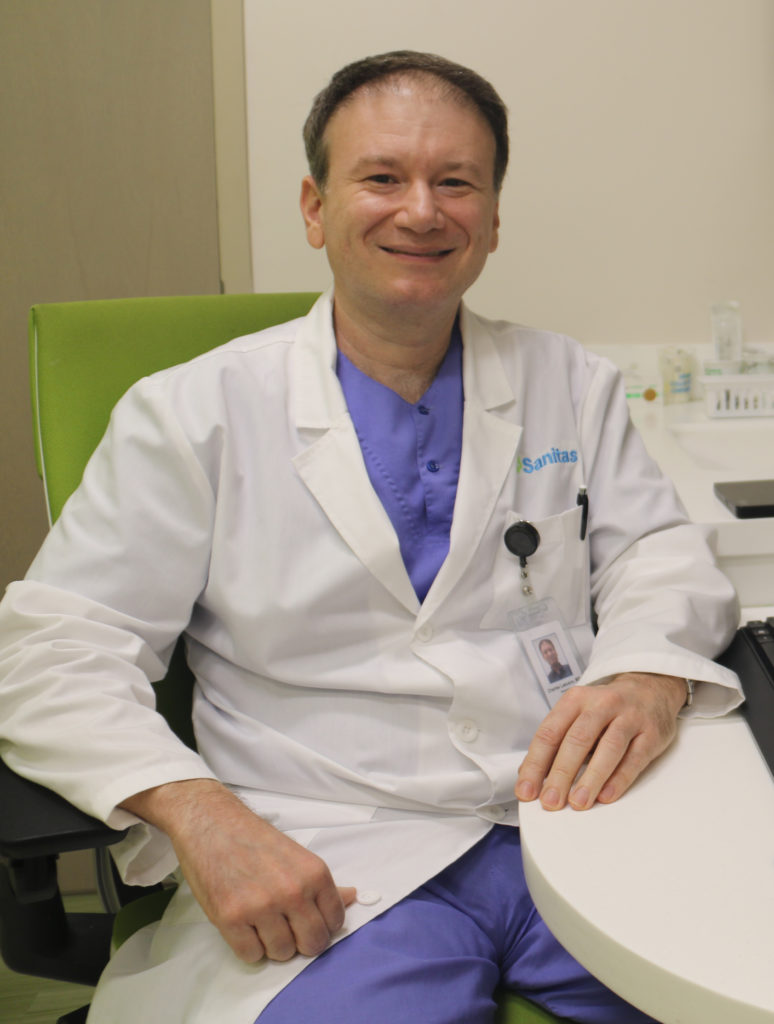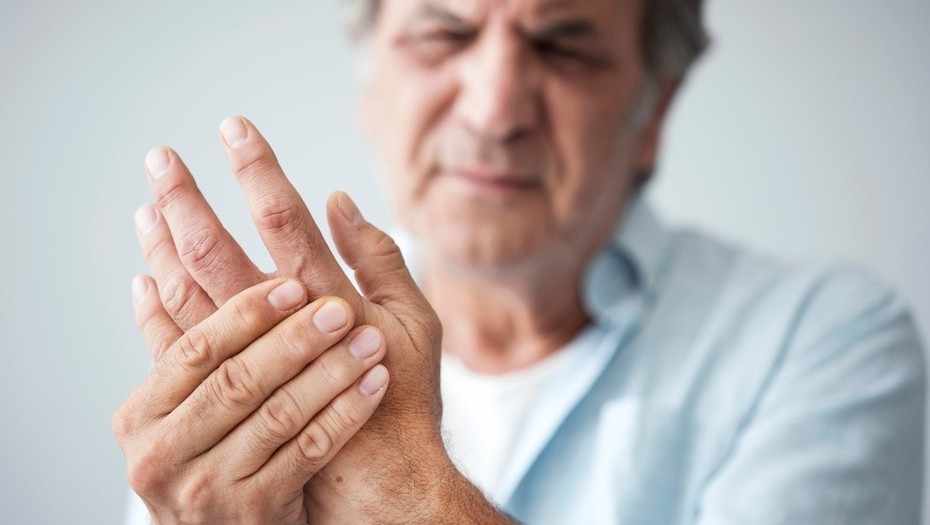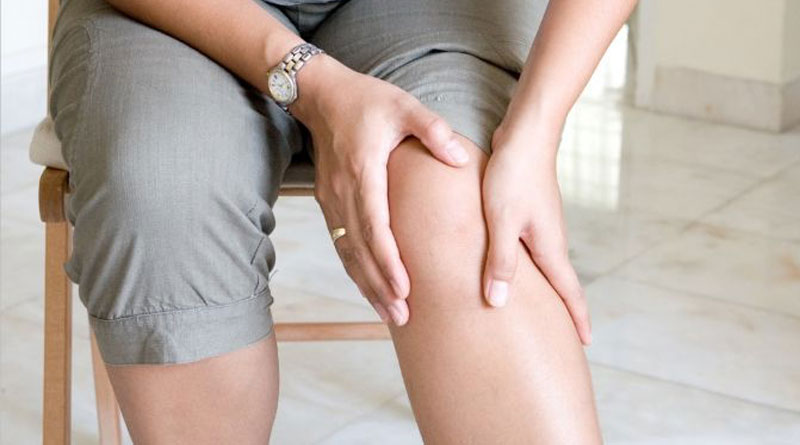Everything You Need to Know About Osteoarthritis.
Charles Lascano, MD CAQSM.
Sports Medicine Specialist. Sanitas Medical Centers
Sometimes called degenerative joint disease or “wear and tear” arthritis, osteoarthritis (OA) is the most common chronic condition of the joints. It occurs when the cartilage or cushion between joints breaks down leading to pain, stiffness, and swelling.
Risk factors include older age (especially older than 50 years), female sex, overweight or obesity, previous joint injury, a job that requires bending or squatting, family history, and participation in sports associated with repetitive impact (e.g., soccer, American football).

Signs and symptoms that are common in OA include pain that is typically worse later in the day and relieved by rest, joint swelling and tenderness, with or without crepitus, bony enlargement (in prolonged or severe OA), and difficulty walking down stairs.
The diagnosis of OA is based on the clinical presentation and physical examination. Radiography is not required to diagnose OA in patients with risk factors and typical symptoms. Also, a normal radiograph does not exclude OA when there is a clear clinical presentation. However, radiography can be helpful before referral to the specialist, as radiographic severity is an important factor in determining whether surgery is appropriate.
Currently, the process underlying osteoarthritis cannot be reversed, but symptoms can usually be effectively managed with the help of the primary care provider who is the most appropriate person to diagnose and treat this condition. Exercise, physical therapy, knee taping, and tai chi are beneficial for knee OA. Aquatic exercise has small short-term benefits for OA. Weight loss has been recommended for patients with knee and hip OA. Acupuncture is at best minimally effective for OA of the knee or hip.
Regarding exercise for OA, it is important to be careful when planning the exercise routine in order to do not to cause more harm than good. I always recommend patients with knee OA for example, to choose exercises that will not cause stress to the knees like bicycle, swimming, or the elliptical machine at the gym, instead of activities that stress the knees like jogging, running, or jumping.
Also, it is important, especially for people not used to exercise, to start with mild exercise for short amount of time, and then progressively increasing amount of time and intensity, in order to avoid further pain or injuries. In addition, I always remind patients who exercise to never forget warming up, stretching and cooling down, in order to prevent harm.
 Medical therapy for OA should begin with Acetaminophen (Tylenol) and topical therapy (ointments for the pain), then if this does not work proceed to nonsteroidal anti-inflammatory drugs (NSAIDs) like Aleve or Motrin. NSAIDs may reduce pain and improve function, but have significant potential harms. Oral glucosamine with or without chondroitin does not appear to be effective in well-designed trials.
Medical therapy for OA should begin with Acetaminophen (Tylenol) and topical therapy (ointments for the pain), then if this does not work proceed to nonsteroidal anti-inflammatory drugs (NSAIDs) like Aleve or Motrin. NSAIDs may reduce pain and improve function, but have significant potential harms. Oral glucosamine with or without chondroitin does not appear to be effective in well-designed trials.
When all the treatment options above fail, patients can go to their primary care provider (PCP) to try prescription medications that are stronger for symptom control but also have the potential for stronger side effects as well. Also, if not tried already, the PCP can prescribe formal physical therapy (PT) where the patient can go to a rehabilitation center for a supervised treatment plan. Corticosteroid injections improve function and provide short-term pain relief, but do not improve the overall quality of life. Joint replacement is an option for patients with moderate to severe pain and radiographically confirmed OA.
Ineffective treatments for OA according to current scientific evidence include vitamin D and antioxidant supplements, shoes specifically designed for persons with OA, lateral wedge insoles for medial knee OA, physical therapy for hip OA, ionized wrist bracelets, and intra-articular injections other than corticosteroids. Hyaluronic acid, platelet-rich plasma, or bone marrow aspirate concentrate injections are not effective for OA according to the highest-quality scientific studies.

